It's no biggie -- with the help of zoologist Roland Kays of the Biodiversity Lab at the the North Carolina Museum of Natural Sciences (especially ace young scientist Troi Perkins) we put up a couple camera traps. One in Umstead Park, a state park in Raleigh, the other in Crabtree Creek Nature Park in Morrisville, NC. The Umstead Park one early on gave us a couple bucks in velvet (he stopped in periodically; that's him above, I think), and the Crabtree Creek one was keeping us updated on the activities of a raccoon that seemed to come by most nights. The camera got it coming and going.
The big buck at the top of the page is one of the last images we got from the other camera, which Troi went to gather back up last week. Enough was enough, and the camera wasn't catching too much, though I was glad to see the buck a last time or so before the camera was liberated.
Kays's lab is part of the eMammal project, with the Smithsonian Institution, that uses camera traps to spot, track, and learn about mammals in the field. He's published research on camera trap use: last year this piece in Methods in Ecology and Evolution on using cameras to quantify levels of animal activity and just this fall this piece in Landscape Ecology about the use of volunteer-run cameras (like ours!) as distributed sensors. Now our cameras, however interesting they were as observation posts, were not part of any experiment. As Roland rightly pointed out, we put ours where we hoped we'd see animals. Actual science would have been putting many cameras randomly over an area to see where the wildlife showed up.
So farewell, cameras -- thanks for being our eyes in the forest, giving us a glimpse into the peregrinations of raccoons and bucks and a glimpse into how the big kids do science.
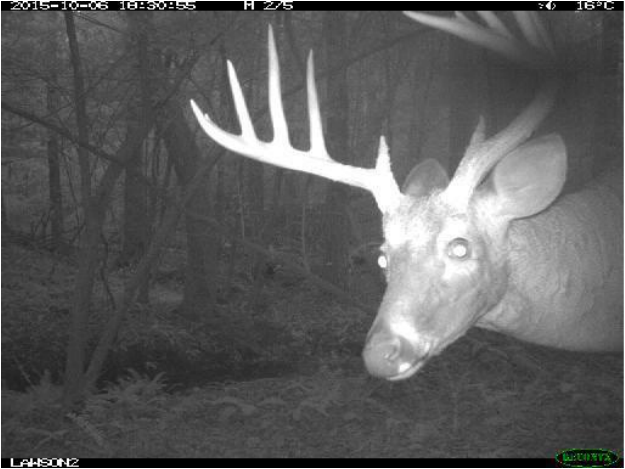
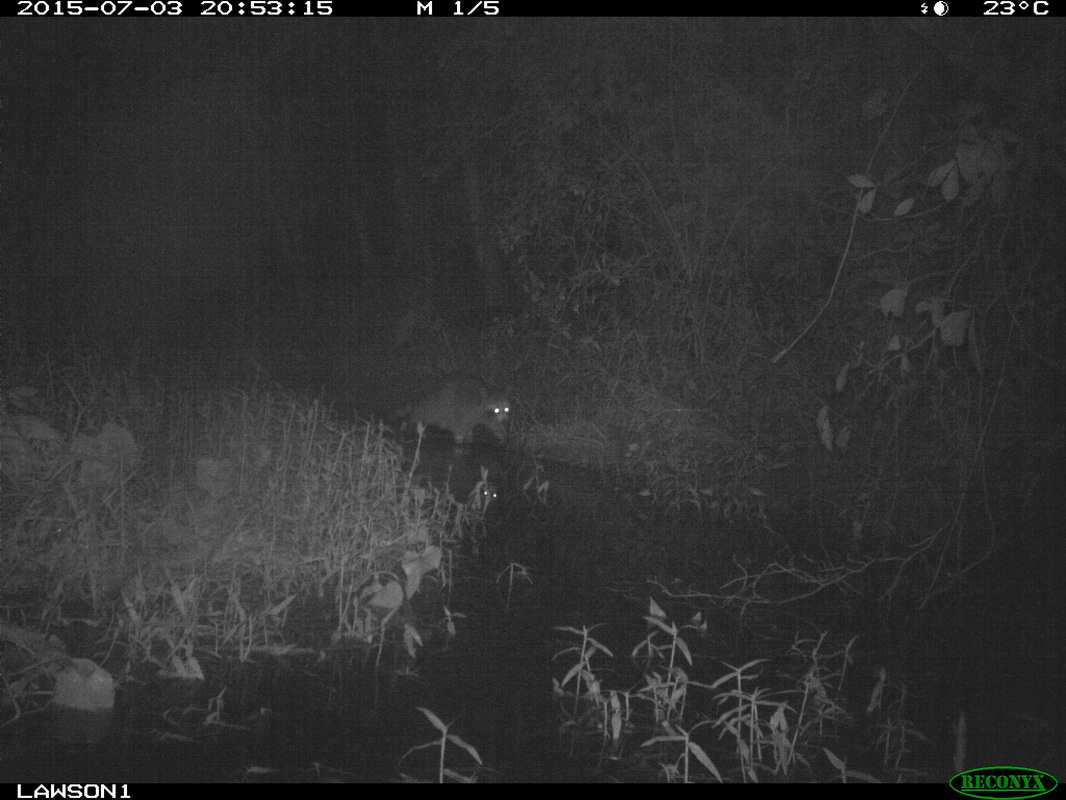
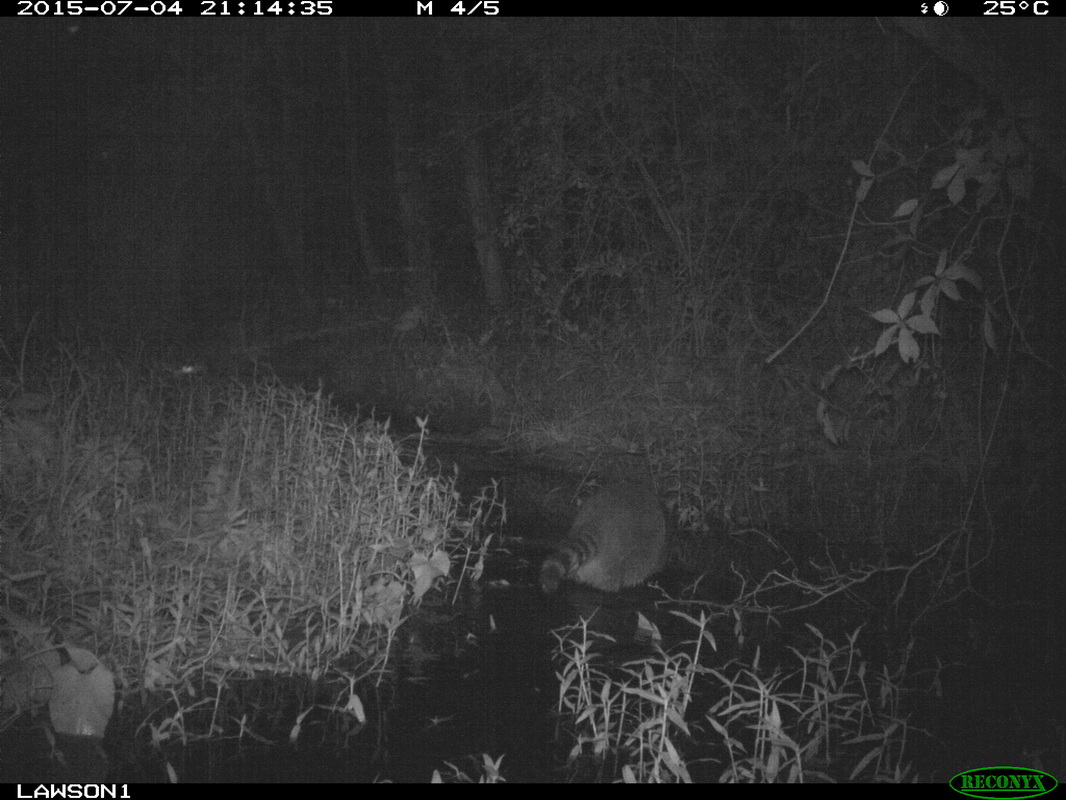
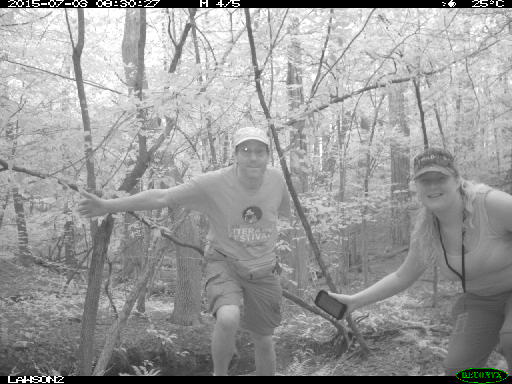
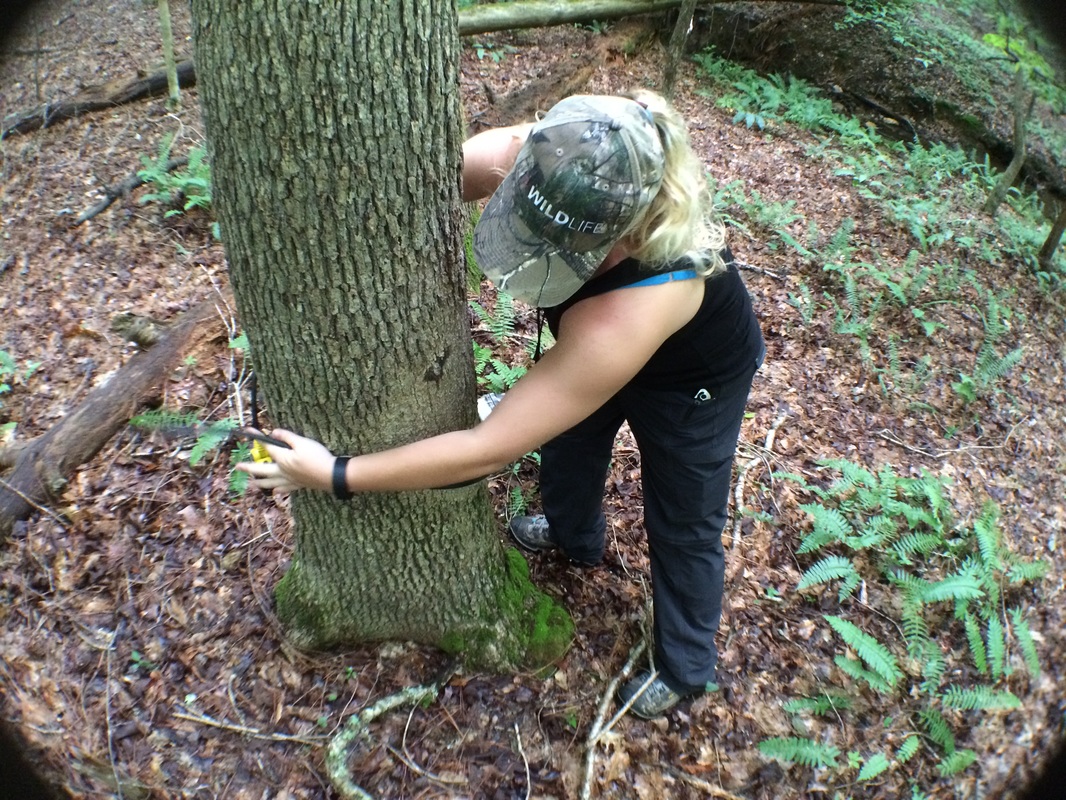
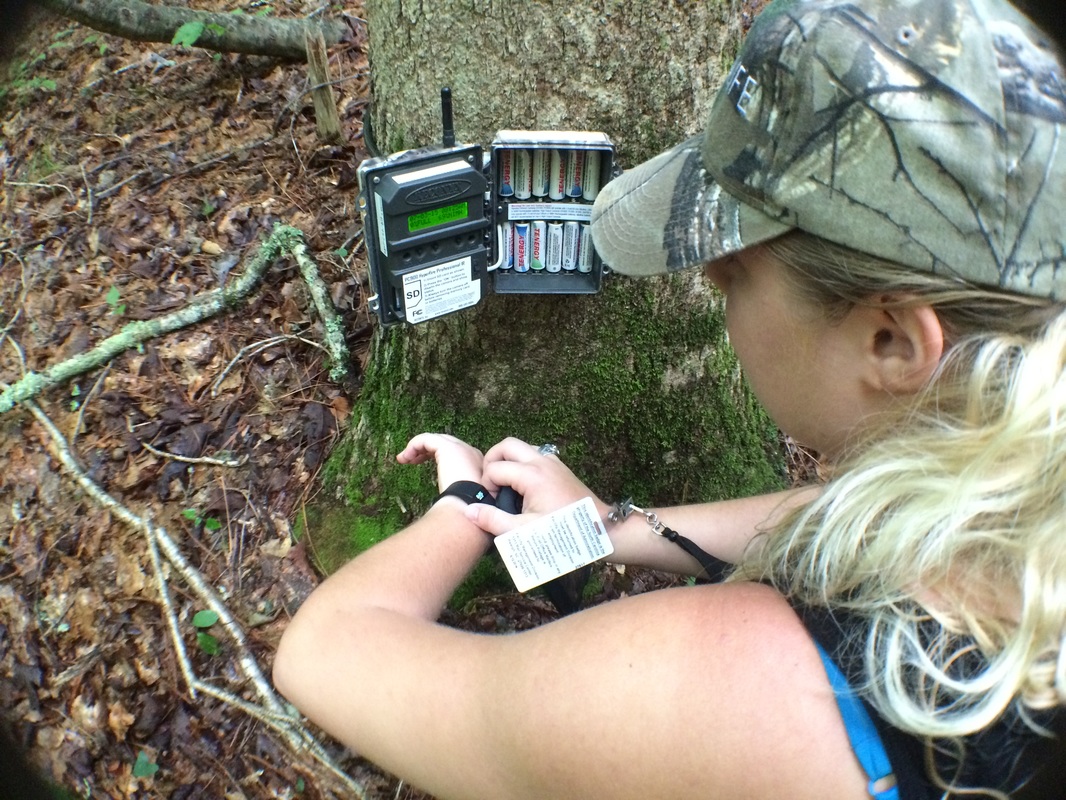
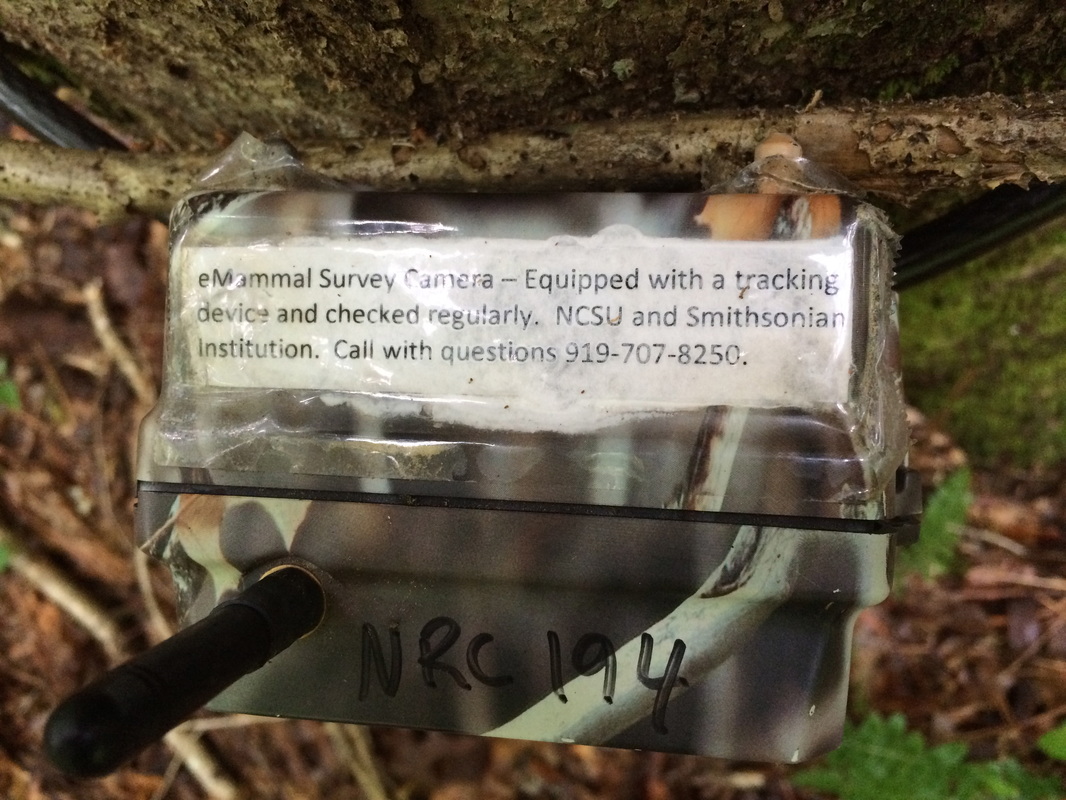
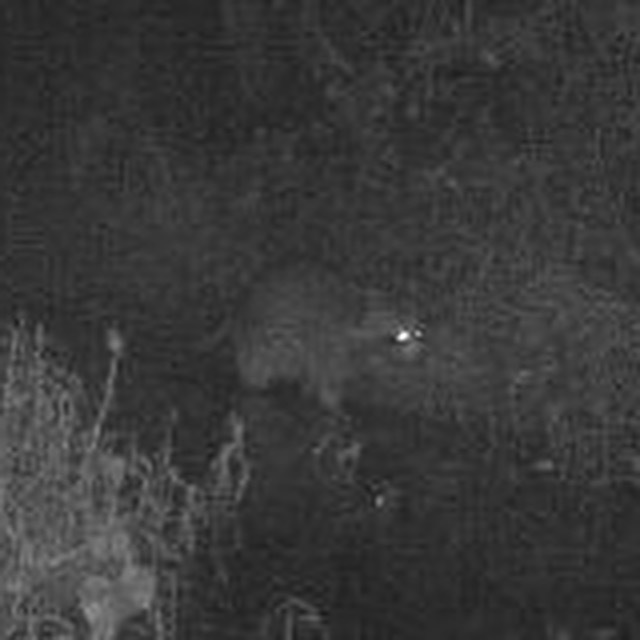
 RSS Feed
RSS Feed